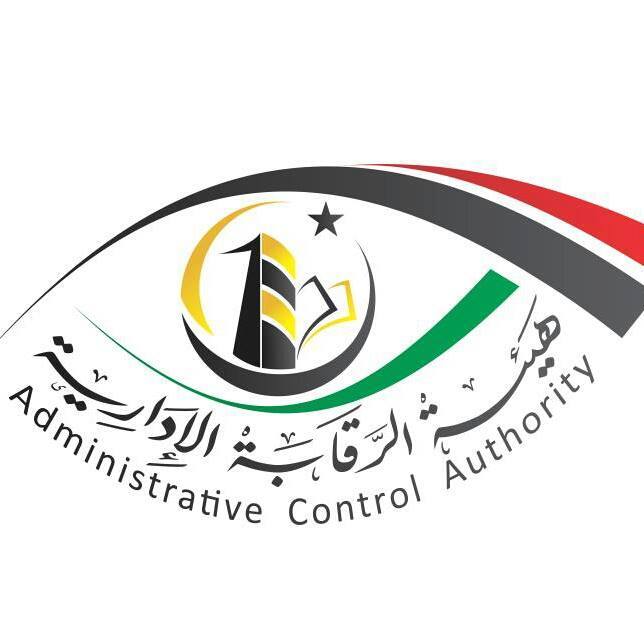Tripoli, 1 October 2013:
A Libyan delegation headed by the Minister of Culture and Civil Society, Habib Al-Amin, returned to Tripoli on . . .[restrict]Saturday at the end of a very successful three day-visit to Italy. The main goal of the mission, organized by the Italian Embassy in Tripoli and the Italian Cultural Institute, was the signing of a Declaration of Intention with the Italian Minister of Culture Massimo Bray. The event took place in Rome on 26 September.
The document reaffirmed the common goal of strengthening historical and cultural links between the two countries and stressed the need to increase collaboration to ensure practical results in fields such archaeology, archives, cinema and theatre.
“Our young people should grow up with culture and not with weapons,” declared Al-Amin in an interview with leading Italian newspaper, Il Corriere della Sera. “Italy is our main partner and Libya needs helps in forming culturally our new generation.”
Immediately after the signature of the Declaration at the Ministry of Culture in central Rome, the two ministers met the heads of Italian archaeological missions active in Libya, commemorating the 100th anniversary of Italian excavations in Cyrenaica which started in 1913.
Al Amin’s visit which started on 24 September began with the signature of a scientific collaboration agreement between the Libyan Board of Architecture, an NGO under the umbrella of the Ministry of Culture, and the Italian National Council of Architects. The agreement foresees joint projects by Libyan and Italian young architects; internships in the most important architectural studios in Italy; visits to trade fairs (building and furniture) in Bologna and Milano; tours visiting architecture and workshops in Libya and/or Italy; courses and training for professional qualifications for Libyans. As part of it, there will also be a seminar in Tripoli at the end of October entitled “Managing Historical Cities In Contemporary Libya”.
After a day in Naples, invited by SUN, the Second University of Naples, to take part in a seminar on the Cyrene archeological mission and future prospects for exchange, the delegation went to Rome to start a series meetings. At the Archivio Centrale dello Stato, the Libyan delegation was shown a number of documents, maps and pictures relating to Libya. The head of the Archives, Agostino Attanasio and his team presented details of project of partnership to be implemented with the Libyan National Archives. There was also the gift of the digital copy of the report of the questioning of Omar Mukhtar immediately after his capture by the Italian army in 1931.
At the Italian Geographic Society, Al Amin was told about the progress of an agreement under way with the Libyan National Archive, to be signed soon as a first step of a broader plan of mutual integration of the national archives in order to allow researchers, historians and members of the public access to documentation about the history shared by the two countries. Copies of old documentaries recently discovered depicting the first moments of the Italian army invading Tripoli in 1911 were given to the Libyan delegation.
In the archaeological field, after a private visit to the Department of Sciences of the Antiquities at La Sapienza, the oldest and most important university in Rome, where Al-Amin studied for his doctorate, the Libyan delegation was received by General Mario Mossa, head of Centre for Cultural Heritage Protection of the Italian Carabinieri, a sophisticated and specialised unit internationally renowned for fighting the illegal trafficking of art. A project to train Libyan forces was discussed, aimed at protecting the numerous archeological sites currently at risk in the country. A visit to the Superior Institute for Restoration and Conservation followed, a pioneering centre in establishing rules and practices of restoration of of artistic objects (paintings, statues, wood, stone, paper, and the like). Customised courses for young Libyans were offered.
A significant moment of the Libyan delegation took place with the visit to the Centro Sperimentale di Cinematografia, the most important Italian school of cinema, outside Cinecittà. The entire staff received the delegation, and discussed careers training and training on conservation. The delegation were show the controlled conditions in which important Italian films are stored and saved.
A technical team of Italian specialists is expected shortly in Tripoli to assess the Libyan cinematographic heritage, poorly stored and at risk of loss.
Seeing an old Italian film of Luigi Zampa, Vivere in Pace (Living in Peace) in storage Al-Amin said he found it was a coincidental discover – that was the wish for Libya nowadays, he said.
The final meeting in Italy covered a detailed project of collaboration discussed with the director of the Italian National Academy of Dramatic Art, Lorenzo Salveti, focusing on the training in Italian theatres for young Libyans. [/restrict]









